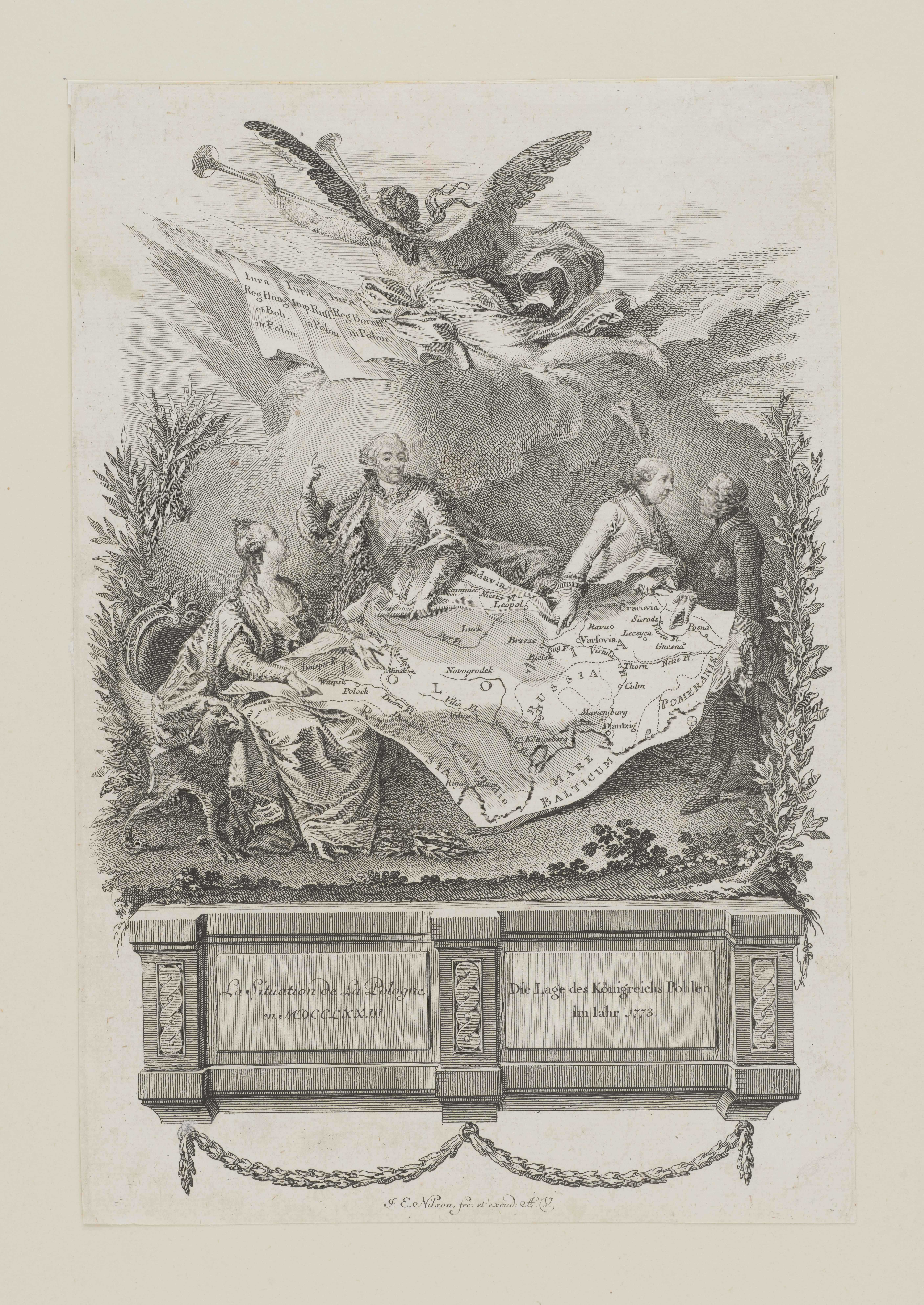Partitions of Poland and Agreement in Petersburg – Winter Palace, Petersburg
Fact of the Polish figure „The Battle of Maciejowice – Maciejowice”
Part of the „The myth of national disaster” topic
Polish-Lithuanian Commonwealth’s neighboring countries – Russian Empire, Kingdom of Prussia and Habsburg Monarchy – were still in tense relations after the Seven Years War, and the division of Poland was supposed to ease them. One of the pretexts was the failed kidnapping of King Stanisław II August by Polish nobility, who protested against the actions of the candidate for the throne imposed by Russia. Internal factors also included an ineffective political system based on liberum veto, enabling every member of the parliament to invalidate the voting, as well as growing social inequalities. Inner conflicts were supposed to indicate the inability to maintain order, threatening neighboring countries. Poland, immersed in anarchy and basically without armed forces, was unable to resist. The agreement was signed in Saint Petersburg in 1772 and was the first of three partitions – subsequent in 1792 (without Austria) and 1795 – which resulted erasing Poland from the maps of the world for 123 years.
Further reading:
Kaplan H., The First Partition of Poland, New York 1962.
Lukowski J., The Partitions of Poland 1772, 1793, 1795, London 1999.





